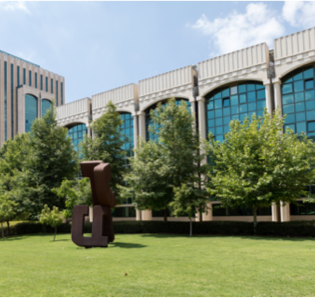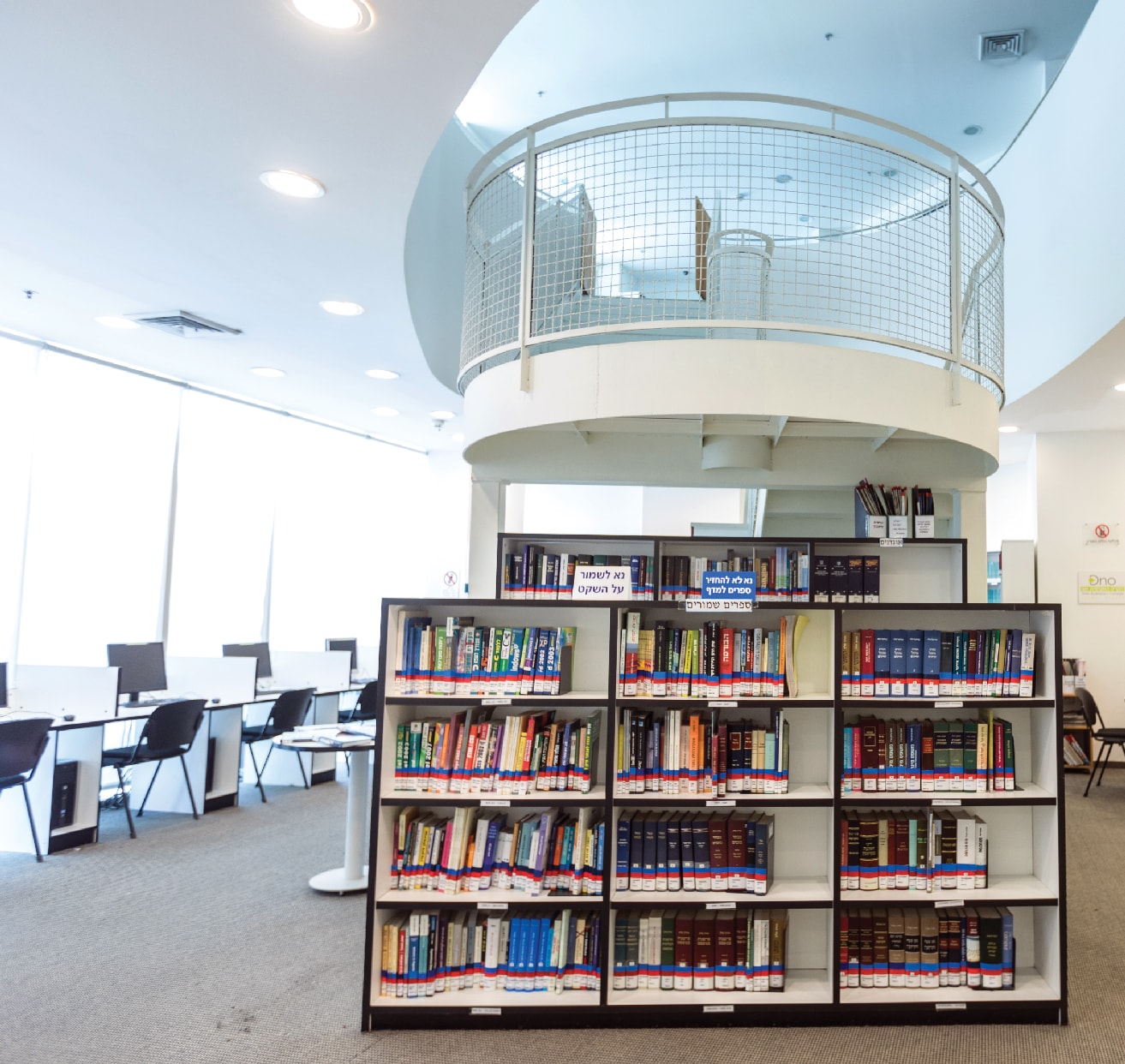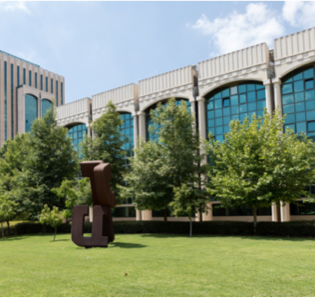MY FAMILY
THE BETA ISRAEL CURRICULUM

FACING JERUSALEM IN PRAYER
Teachers should explain that for the Beta Israel, prayer was, and remains, a crucial element of daily life. The prayers recited by the Beta Israel differ in some ways from those recited by other Jewish communities today. Students should understand that the prayers of the Beta Israel express a prophetic form of Judaism, communicating the hopes and needs of a community who yearned to return “home” (to the Land of Israel) to rejoin their “family” (the rest of the Jewish people). It should also be noted that the Beta Israel was possibly the first community to undertake what has become common practice in Judaism: facing Jerusalem in prayer.36
To understand the full significance of this practice, some background is necessary. Students should look at the following sources and discuss what the verses aim to teach:
| Bereishit (Genesis) 28:17 |
| “’How awe-inspiring this place is!’ Jacob exclaimed. ‘It must be G-d’s temple. It is the gate to heaven!’” | ַוַיִּירָא, וַיֹּאמַר, מַה-נּוֹרָא, הַמָּקוֹם הַזֶּה: אֵין זֶה, כִּי אִם-בֵּית אֱלֹהִים, וְזֶה, שַׁעַר הַשָּׁמָיִם. |
| Melachim (Kings I) 8:27, 29-30 |
| “Will G-d indeed dwell on the earth? …. “That your eyes may be open toward this house night and day, toward the place of which you have said, ‘My name shall be there’; that you may listen to the prayer which your servant shall make toward this place… “And listen to the supplication of your servant, and of your people Israel, when they shall pray toward this place; and hear you in heaven your dwelling place; and when you hear, forgive.” | כִּי, הַאֻמְנָם, יֵשֵׁב אֱלֹהִים, עַל-הָאָרֶץ לִהְיוֹת עֵינֶךָ פְתֻחֹת אֶל-הַבַּיִת הַזֶּה, לַיְלָה וָיוֹם, אֶל-הַמָּקוֹם, אֲשֶׁר אָמַרְתָּ יִהְיֶה שְׁמִי שָׁם–לִשְׁמֹעַ, אֶל-הַתְּפִלָּה, אֲשֶׁר יִתְפַּלֵּל עַבְדְּךָ, אֶל-הַמָּקוֹם הַזֶּה. וְשָׁמַעְתָּ אֶל-תְּחִנַּת עַבְדְּךָ, וְעַמְּךָ יִשְׂרָאֵל, אֲשֶׁר יִתְפַּלְלוּ, אֶל-הַמָּקוֹם הַזֶּה; וְאַתָּה תִּשְׁמַע אֶל-מְקוֹם שִׁבְתְּךָ, אֶל-הַשָּׁמַיִם, וְשָׁמַעְתָּ, וְסָלָחְתָּ. |
| The Book of Daniel 6:11 |
| “Now, when Daniel learned that the writing was signed, he went into his house; his windows were open in his chamber toward Jerusalem, and he kneeled upon his knees three times a day, and prayed, and gave thanks before his G-d, as he had done previously.” | ְ וְדָנִיֵּאל כְּדִי יְדַע דִּי-רְשִׁים כְּתָבָא, עַל לְבַיְתֵהּ, וְכַוִּין פְּתִיחָן לֵהּ בְּעִלִּיתֵהּ, נֶגֶד יְרוּשְׁלֶם; וְזִמְנִין תְּלָתָה בְיוֹמָא הוּא בָּרֵךְ עַל-בִּרְכוֹהִי, וּמְצַלֵּא וּמוֹדֵא קֳדָם אֱלָהֵהּ, כָּל-קֳבֵל דִּי-הֲוָא עָבֵד, מִן-קַדְמַת דְּנָה. |
| Talmud Bavli (Babylonian Talmud) Masechet Brachot, page 30a |
| “If someone is outside of Israel he should direct his heart toward Israel, as the verse states, “They will pray to You through their land” (Melachim/Kings I:8:48). If he is standing in Israel he should direct his heart toward Jerusalem as the verse states, “They will pray to G-d toward the city you have chosen” (Ibid. 44). If he is standing in Jerusalem, he should direct his heart toward the Beit Hamikdash (the Holy Temple), as the verse states, “they will pray toward this house” (Divrei Hayamim/ Chronicles II, 6:32) …In this way all the Jews are directing their hearts to a single place.” | היה עומד בחוץ לארץ – יכוין את ליבו כנגד ארץ ישראל שנאמר: (מלכים א‘ ח) והתפללו אליך דרך ארצם. היה עומד בארץ ישראל – יכוין את לבו כנגד ירושלים, שנאמר: (מלכים א‘ ח) והתפללו אל ה‘ דרך העיר אשר בחרת. היה עומד בירושלים – יכוין את לבו כנגד בית המקדש, שנאמר: (דברי הימים ב‘ ו‘) והתפללו אל הבית הזה…נמצאו כל ישראל מכוונין את לבם למקום אחד. |
| From Sinai to Ethiopia, p. 97 – by Rabbi Dr. Sharon Shalom |
| “Throughout the bitter history of the Diaspora, the Jews never stopped longing for Jerusalem. ‘I sleep, but my heart is awake’ (Song of Songs 5:2) – I am in Ethiopia, but my soul is in Jerusalem. The Jews waited in anticipation for the day when they could go there. Jerusalem occupied a central position in their daily lives. Their prayers are full of praise for Jerusalem and the hope for redemption, as in this prayer: Hallelujah, praise G-d, Jerusalem will be raised up. Your walls will be rebuilt, O Jerusalem, the gates of Jerusalem.37 Prayers will be addressed to You in Jerusalem. The ways of Jerusalem are in Your judgments, Jerusalem. In the midst of Jerusalem, raise the horn of Jerusalem. Return to Jerusalem and spill their blood around Jerusalem. Listen, Jerusalem. The hope was passed from one generation to the next…[and] during prayers the congregants faced Jerusalem.” |
Having studied these sources, teachers should then explain that the Holy Temple in Jerusalem, initially built by King Solomon, was considered the “House of G-d” and a “Gate to Heaven.” King Solomon envisioned the temple as the place toward which all prayers would be directed, serving thereby as a unifying force, and a physical and spiritual anchor, for all Jewish people. When the Jews were exiled to Babylon in 586 BCE, we are told that Daniel turned his prayers toward Jerusalem, as an expression of hope that he would soon return home.
However, by this point, the Beta Israel had already settled in Ethiopia, and according to historical sources, had already undertaken the practice of facing Jerusalem in prayer. As we see in the Talmud, this practice later became the norm across all Jewish Diaspora communities, and nowadays, every synagogue in the world faces Jerusalem by way of unquestioned tradition. After discussing this historical background, teachers should ask their students:
How do you think the Beta Israel’s practice of facing Jerusalem in prayer was an expression of hope? Further, how do you think this practice by all Jews today can be seen as a unified expression of hope?
36 Although the Book of Daniel 6:11 explicitly mentions facing Jerusalem in prayer, the words of Kings I 8:27 indicate that the Beta Israel began facing in this direction even prior to the Babylonian exile.
37 It should be noted that at this time, many members of the Beta Israel community believed that the First Holy Temple still For more on this, see Shalom, From Sinai to Ethiopia, p. 155: “This conception has proof in the description given by Yosef Halévy [who records how]…the community was convinced that the Temple still stood.” Other members of Ethiopian Jewry, however, were aware of the destruction of both the First and Second Temple (ibid, p. 97), and yet,“[the Beta Israel] continued to believe that Jerusalem was enveloped in sanctity… [and that] every Jew who came to Jerusalem could immediately sense the spiritual abundance that was expressed even in material ways” (ibid, p. 157).







